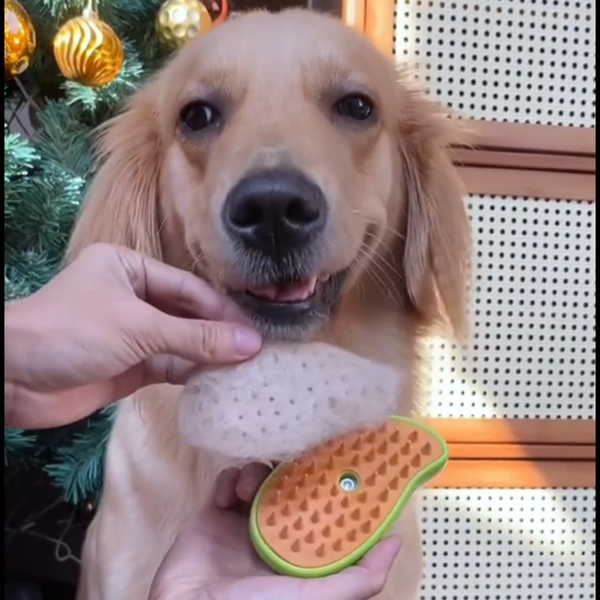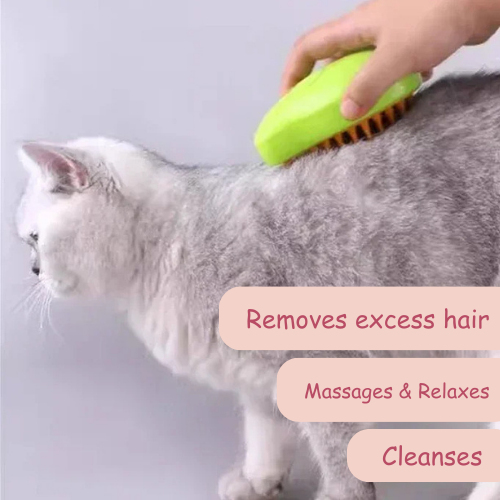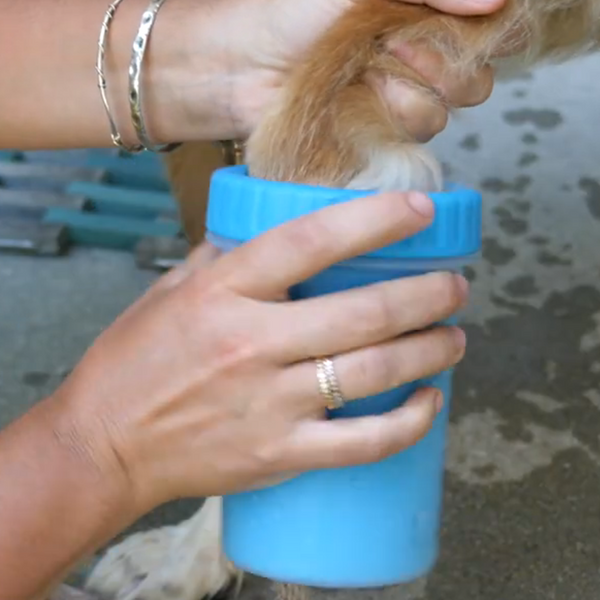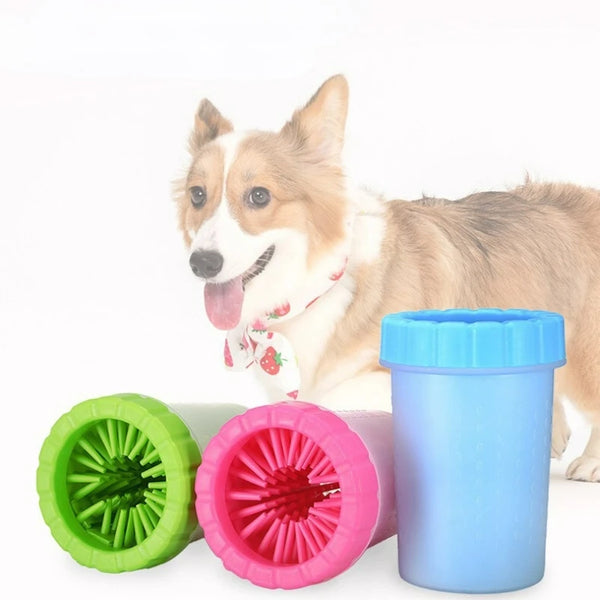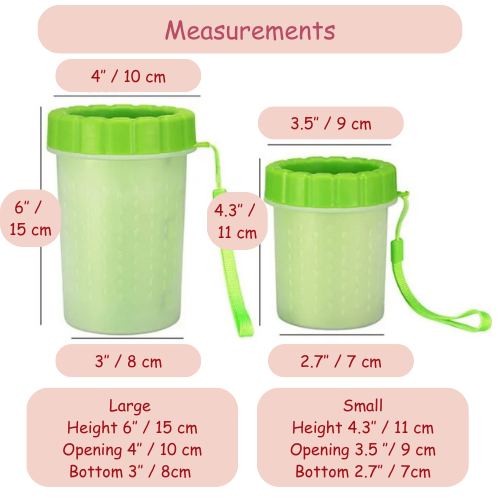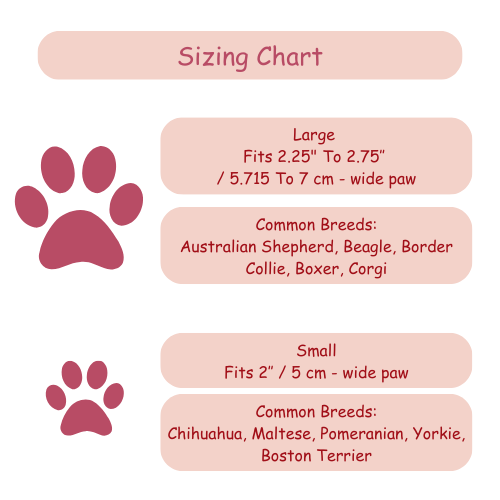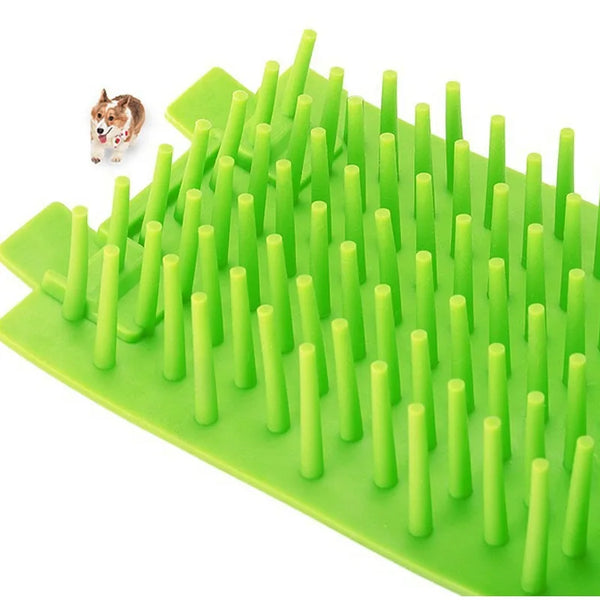Why is pet bathing important?
Regular bathing is an essential part of maintaining your pet's overall health and hygiene. Not only does it keep their coat clean and shiny, but it also helps prevent skin infections, removes dirt and debris, and reduces the risk of parasites. A clean and well-groomed pet is a happy and healthy pet!
What are the key steps for successful pet bathing?
1. Prepare the bathing area: Before you begin, gather all the necessary supplies such as pet-friendly shampoo, towels, and a non-slip mat. Fill the tub or sink with warm water, ensuring it's at a comfortable temperature for your furry friend.
2. Brush your pet's coat: Brushing your pet's coat before bathing helps remove any tangles or mats, making the bathing process easier and more effective.
3. Wet your pet thoroughly: Use a handheld showerhead or a cup to wet your pet's coat completely. Make sure to avoid getting water in their ears and eyes.
4. Apply pet-friendly shampoo: Choose a shampoo specifically formulated for pets, as human shampoos can be too harsh for their sensitive skin. Gently massage the shampoo into your pet's coat, focusing on areas that are prone to dirt and odor.
5. Rinse thoroughly: Rinse your pet's coat thoroughly, ensuring all the shampoo is removed. Leftover shampoo residue can cause skin irritation and itching.
6. Dry your pet: Use a towel to gently dry your pet's coat, removing as much moisture as possible. If your pet tolerates it, you can also use a pet-friendly blow dryer on a low heat setting.
7. Reward and praise: After the bathing process, reward your pet with treats and praise. This positive reinforcement helps create a positive association with bathing and makes future bath times easier.
How often should you bathe your pet?
The frequency of pet bathing depends on several factors, including their breed, coat type, and lifestyle. Generally, dogs should be bathed every 4-6 weeks, while cats typically require less frequent bathing. Over-bathing can strip the natural oils from your pet's skin, leading to dryness and irritation. Consult with your veterinarian to determine the ideal bathing schedule for your furry friend.
DIY Pet Grooming Tips
1. Brush your pet's coat regularly to prevent matting and tangles. This also helps distribute natural oils, keeping their coat healthy and shiny.
2. Trim your pet's nails regularly to prevent overgrowth and discomfort. Be cautious not to cut too close to the quick, which can cause bleeding.
3. Clean your pet's ears with a veterinarian-approved ear cleaner to prevent ear infections. Avoid using cotton swabs, as they can push debris further into the ear canal.
4. Brush your pet's teeth daily or use veterinarian-recommended dental chews to maintain their oral hygiene. Dental health is crucial for overall well-being.
5. Regularly check your pet's skin for any signs of irritation, redness, or lumps. If you notice anything unusual, consult with your veterinarian.
By following these steps and incorporating regular grooming into your pet's routine, you can ensure successful and stress-free bathing experiences. Remember, a clean and well-groomed pet is a happy pet!



